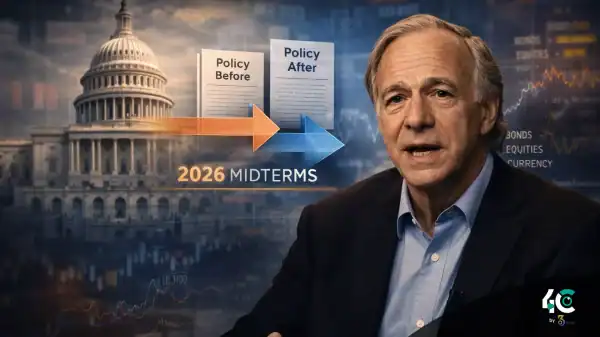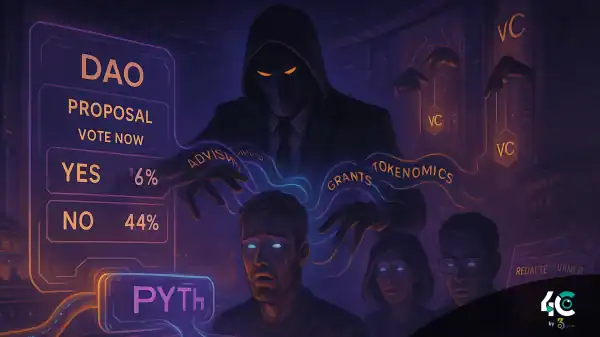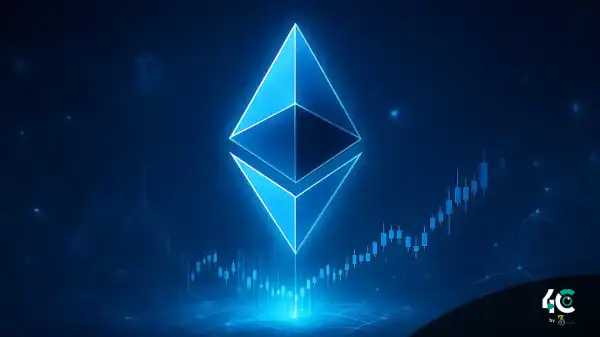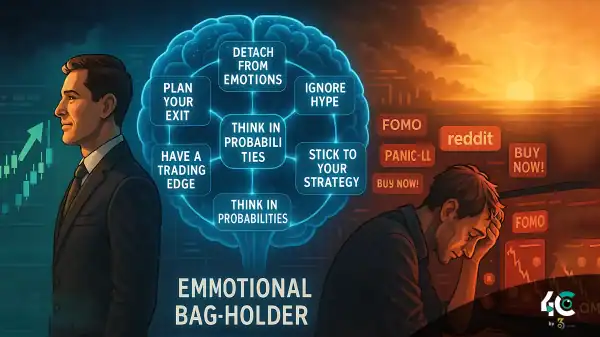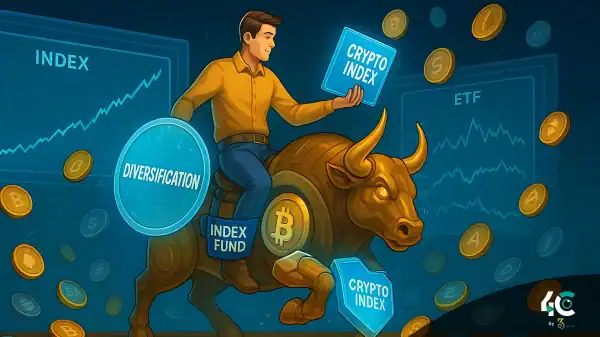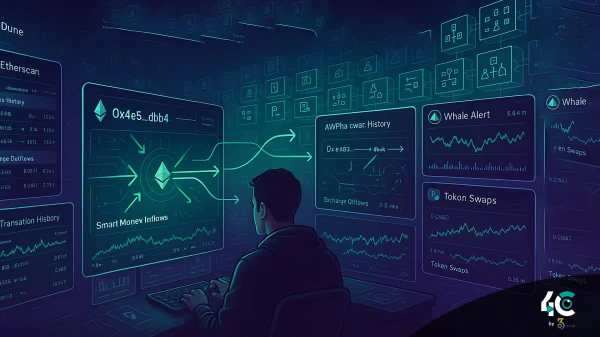In the world of crypto, there is no difference in functionality between a top and bottom. With the arrival of AI and advanced forecasting models, that dream is slowly becoming a reality—or is it?
Can artificial intelligence, equipped with data, charts, and sentiment indicators, beat human instinct? More traders are starting to believe so.
The New Frontier: AI-Powered Predictive Tools
Many platforms are incorporating AI into their forecasting toolkits, which can provide insights once reserved for seasoned professionals.
Sentiment
A top analytics platform that tracks on-chain, social, and development data. Its AI signals monitor divergences in sentiment, whale activity and network growth to signal potential tops and bottoms.
ChatGPT + TA
Some market makers utilize ChatGPT (with plug-ins or datasets) to merge technical indicators (e.g., RSI, MACD, moving averages) to check for overbought or oversold conditions—with sentiment analysis from forums/news.
Delphi AI
Delphi Digital has proprietary AI models using macro data, crypto-specific indicators, and even NFT trends to predict directional moves over the near to medium term.
Numerai
This hedge fund that is decentralized gets AI models from data scientists globally. This utilizes encrypted financial data predictions, aggregation and execution on real-world portfolios.
Building a Basic Forecasting Model
Building a working forecasting system doesn’t need a PhD in data science. Here’s a simplified version using public tools.
Inputs
Use Google Trends to check how often people are searching for terms like “bitcoin,” “crypto crash,” etc. Meanwhile, the Twitter/X sentiment will tell us the number of bullish and bearish tweets.
Check the whale influx and active addresses (Glassnode or Santiment).
Moving averages, RSI, and divergence in volume.
Process
- Feed data into a spreadsheet or Python model.
- Assign weights to each factor.
- Create composite “sentiment” and “technical” scores.
- Track their correlation to short-term price action.
This strategy isn’t perfect, but it helps spot areas that are overbought or oversold. It also helps spot times of euphoria or fear.
Success Stories: Where AI Happened to Work
BTC’s All-Time Top (November 2021)
Santiment data showed a huge spike in whale accumulation and crowd euphoria—just before the market reversed.
FTX Collapse (November 2022)
Traders using AI Twitter sentiment tools were alerted to negative spikes days before the announcement was made.
2023 Mini-Rally
According to its macro and crypto model, Numerai’s fund was able to allocate correctly during the January–March recovery, outperforming most crypto hedge funds.
Limits and Risks
While these tools are powerful, they aren’t crystal balls. All models can fail due to the phenomenon of hot money. The key is to treat AI tools as advisors, not oracles.
Use them to add context, not certainty.
Artificial Intelligence Meets Prediction Markets in the Future
Polymarket and Kalshi allow you to gamble on anything that happens. As AI models get better, prediction market signals paired with them could create a powerful synergy with human belief and data insight.
Conclusion
While AI will not accurately call every top and bottom, it is becoming essential for traders. As tools improve and models become more advanced, it is likely that the traders who adapt will have the clearest edge in tomorrow’s crypto markets.




